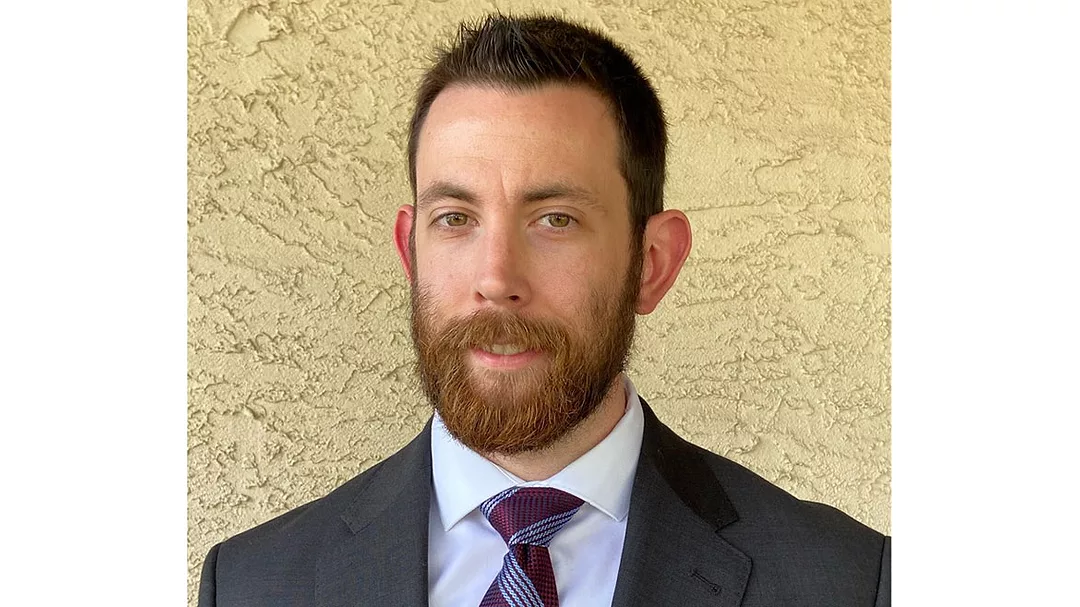Guest Editorial | Tom Klein
How beleaguered water infrastructure can prepare for PFAS regulation
There is no magic bullet approach for treating PFAS.


Tom Klein
A proposed series of U.S. Environmental Protection Agency (EPA) regulations that set maximum contaminant levels (MCLs) for per- and polyfluoroalkyl substances (PFAS) and other so-called ‘GenX chemicals’ are set to go into effect in the fall of 2023. Once the regulations are final, all public water systems will have three years to comply. But the EPA estimates between 3,400-6,300 public water systems will struggle to do so.
Compounding this struggle is the cost of investing in treatment. Federal regulation of PFAS poses yet another financial strain on U.S. water infrastructure, which is already burdened by an investment gap of approximately $434 billion between 2020 and 2029—about $48 billion per year. The installation and maintenance of systems required for compliance with new PFAS regulations is expected to cost close to an additional $1 billion per year.
How can utilities juggling short-term compliance goals and long-term economics ensure they’re balancing those constraints, and protecting their systems against future regulations? Suppliers must prepare for PFAS treatment and the treatment of future contaminants that the EPA will regulate. Short and long-term success with PFAS treatment is achievable — but it requires evaluating various solutions for performance and lifecycle cost.
Why is finding a long-term outlook over a short-term compliance solution to PFAS or any other future contaminants necessary?
Further regulation of PFAS or other emerging contaminants are inevitable. The EPA follows a process to track and act on emerging contaminants in drinking water to safeguard public health, and the agency is already investigating 29 more PFAS contaminants to regulate in the next several years. It is not a question of whether new contaminants requiring some form of treatment will find daylight in the form of new regulations, it is a question of when.
What’s occurring now with PFAS is similar to EPA rules near the end of the 20th century. In 1998, the EPA set MCLs for emerging contaminants known as Disinfectant Byproducts (DBPs) and laid the groundwork for even tighter regulations down the line. Those tighter regulations arrived eight years later in 2006.
Utilities that elected to not invest in solutions for DBPs capable of meeting the stricter regulations found themselves forced to scramble again in 2006 to meet compliance goals— hastily installing tank aeration, passive mixing, and active mixing systems. While these aeration and mixing systems were effective, many of the utilities installing those systems were not prepared for the operating and maintenance requirements. This resulted in higher lifecycle costs they could have prevented through more careful design of the solutions.
Is a balanced short-term and long-term solution to PFAS treatment achievable?
The good news is that several technologies available to treat PFAS also treat many other contaminants, giving water systems an inherent amount of resiliency and flexibility post-installation. Those technologies include granular activated carbon (GAC), membrane-based filtration systems such as reverse osmosis (RO) and ion exchange systems. GAC, RO and ion exchange systems are effective and reliable at treating PFAS varieties. GAC is also capable of treating disinfectant byproducts and can control for taste and odor, while RO can remove harmful pathogens and viruses. Selecting a treatment technology for PFAS often means that utilities can meet further treatment objectives now and in the future.
However, there is one caveat to selecting a PFAS treatment: there is no magic bullet approach. There is no single technology appropriate for today’s treatment application that provides unlimited resilience against future contaminants while still returning long-term economic benefits. At some point, tradeoffs between treatment resilience, the economics of initial CAPEX and long-term operating costs must occur. Maximizing resilience and economic returns in water infrastructure ultimately comes down to responsible engineering design work.
Generative design systems, various BIM tools, and analytics tools make comparing large quantities of data about various treatment options possible. With these tools, stakeholders can:
- Weigh performance, CAPEX, and OPEX over a suitable time horizon on a net present value (NPV) basis;
- Compare treatment performance as a function of cost for consideration of CAPEX and treatment flexibility for other contaminants;
- Evaluate upgrading other parts of affected facilities to reap the benefits of economies of scale on mobilizations and materials; and
- Establish long-term operating costs for a proper NPV evaluation that compares CAPEX to OPEX, allowing for the direct comparison of treatment performance to economics.
By baking value into design decisions from the start, meeting short term PFAS treatment objectives become much more economically sustainable in the long-term. It’s no magic bullet, but it’s a much more responsible solution to meeting PFAS regulation compliance.
Suppliers must not try to find value and resilience after building a solution for PFAS. The industry must design value and resilience into water system treatment projects from the very start.
Looking for a reprint of this article?
From high-res PDFs to custom plaques, order your copy today!







